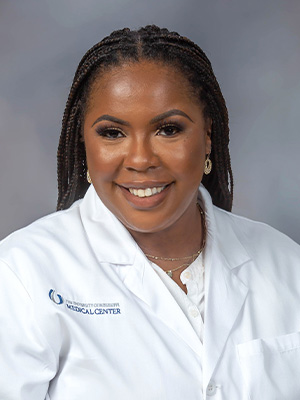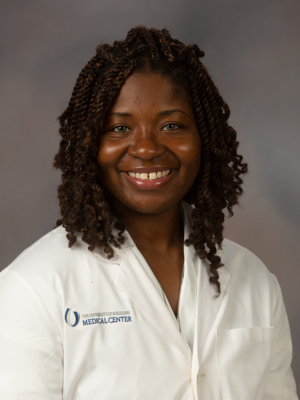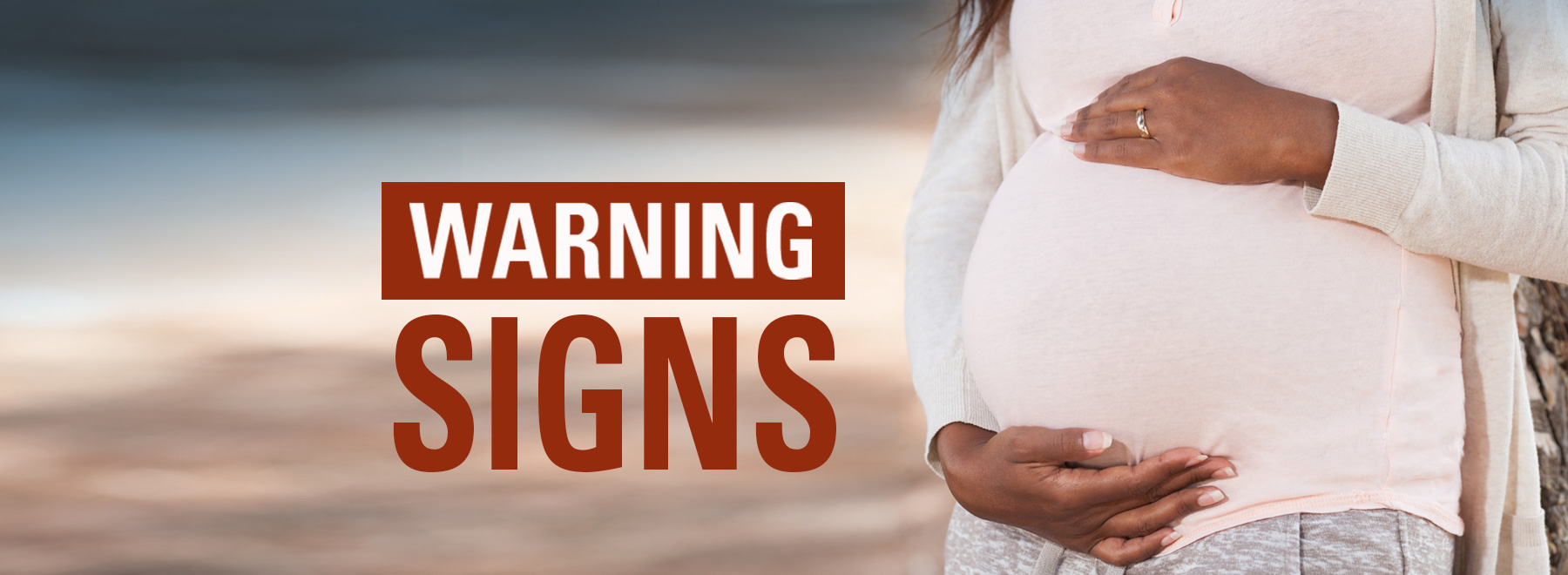Preventing and surviving preeclampsia comes down to knowledge
Olympic gold medalists and teammates Tori Bowie and Allyson Felix had more in common than being stand-out athletes. At 32, both also developed preeclampsia during their first pregnancies. Felix and her baby survived. Bowie, a native Mississippian dubbed the world’s fastest woman, and her unborn child, unfortunately, did not.
Preeclampsia is a pregnancy-related disorder that occurs when a woman suddenly develops high blood pressure and signs of organ dysfunction, usually liver or kidney damage. A leading cause of maternal death, the condition occurs in about 1 in 25 pregnancies in the U.S., but the University of Mississippi Medical Center, a referral site for high-risk patients, treats far more than that.
Eclampsia, a medical emergency, occurs when a woman with preeclampsia develops seizures or a coma.

“Most cases of preeclampsia occur in healthy pregnant patients in their first pregnancy with no obvious risk factors,” said Dr. Courtney Mitchell, assistant professor of obstetrics and gynecology specializing in high-risk pregnancies.
Despite increased awareness, studies show the rate of preeclampsia has increased in the last 25 to 30 years, some of which Mitchell attributes to more women becoming pregnant at an older age and increasing obesity rates, both underlying complications that increase the risk.
Other risk factors include a twin or triplet pregnancy, preeclampsia in a previous pregnancy, and a history of hypertension, diabetes or blood clots.
Black women are 60 percent more likely to develop the condition than white women and nearly 3 times more likely to die from complications because of underlying health conditions.
“These conditions are multi-layered and include systemic racial inequities that impact the environment in which Black women work and live,” said Mitchell. “Social determinants of health such as education, stable housing and transportation, and access to affordable health care are important to consider when discussing any racial health disparity, and that is no different with preeclampsia.”

Those factors include prenatal care, said Dr. Denise Cornelius, associate professor of pharmacology and toxicology, who has studied preeclampsia for more than 10 years, and director of the graduate program in clinical investigation in the School of Graduate Studies for Health Sciences.
“Statistics show that Black women are more likely to seek no prenatal care or to wait until their third trimester,” said Cornelius. “Early diagnosis and intervention are key factors in preventing maternal death from PE. We cannot prevent deaths from this disease if women are not seeking and obtaining adequate prenatal care.”
It was likely a prenatal visit that saved Felix.
In a Centers for Disease Control and Prevention campaign, the six-time Olympic gold medalist and 11-time world champion explained that she was diagnosed with severe preeclampsia during a prenatal visit. After which, she was admitted into the hospital and, at 32 weeks, underwent an emergency C-section to deliver her daughter, who weighed 3 pounds and 7 ounces and spent the first month in a neonatal intensive care unit.
Even before getting pregnant, women should be proactive by getting treatment for existing health issues, including hypertension, diabetes, kidney disease and obesity, said Mitchell and Cornelius.
“Optimizing health prior to pregnancy is one way to decrease the risk of preeclampsia,” said Mitchell.
If you’re overweight, limiting additional weight gain by watching what you eat and incorporating light cardiovascular exercises like walking may reduce the risks.
“Some people think that is the time to just pig out,” said Cornelius. “It’s not. You put your baby at risk for chronic diseases later in life when you do that. Expectant mothers should talk to their medical provider about their personal risk.”
Taking a low-dose aspirin of 81 mg to 162 mg after the first trimester has also been shown to reduce the risk, said Mitchell.
Even after pregnancy, expectant mothers need to be aware of the symptoms, which include elevated blood pressure and severe headache; visual abnormalities including spots or temporary blindness; upper abdominal or chest pain; changes in mental state, including confusion and agitation; new onset shortness of breath; and an inability to lie flat.
Pregnant women experiencing any of those symptoms should seek immediate medical help, at an emergency room if necessary.
Healthcare providers should also play an integral role by encouraging at-risk women to get pre-conception counseling and care, in addition to prenatal and postpartum care.
“They can also listen to their patients,” said Cornelius. “Black women experience more social stress and trauma from their providers during their pregnancy than other races. Published scientific studies have documented this. When patients express a concern that something is wrong, it should not be brushed off or ignored.
“With the increased risk of PE associated with race, medical providers may need to be more vigilant in high-risk populations. Structural racism exists in the healthcare system, and this is something that we all have to work towards correcting. The way the system was developed and has operated for decades also has to change. That will take partnership amongst multiple stakeholders.”
Recruiting, retaining and supporting diverse providers that match the patient population may also reduce health disparities, said Mitchell, as well as implementing a multidisciplinary team including obstetrics, maternal fetal medicine, anesthesia, cardiology, psychiatry, certified nurse midwifery, social work, nursing and nutrition to care for patients.
There are other contributors to the ongoing maternal mortality crisis.
“One factor is lack of awareness and/or urgency among both obstetric and non-obstetric providers about seriousness of elevated blood pressure in pregnancy,” said Mitchell. “Many times, a pregnant or postpartum patient may present for medical evaluation with signs and symptoms of preeclampsia, but those things are not readily recognized as preeclampsia. Any person who is pregnant with an even mildly elevated blood pressure and has one or more signs or symptoms of preeclampsia should be closely monitored for preeclampsia.”
Another misconception is that after delivery, the mother is out of the woods. That’s not the case. Most maternal deaths occur postpartum, and women can still develop preeclampsia for several weeks after delivery.
“I always educate patients if they have an elevated risk for preeclampsia,” said Mitchell. “We discuss the importance of regular prenatal care, compliance with any blood pressure medication and review the signs and symptoms.”
Despite the risks, most deaths and complications from the disorder are preventable.
“I believe that if people were more aware of preeclampsia -- its symptoms, its reputation as a killer of mothers and their babies and their heightened risk -- they would seek out care,” said Cornelius.
“We as scientists and medical providers don’t have a full understanding of preeclampsia and its cause. This is why we still don’t have a cure for it. But we are working daily to learn more and identify the factors within the body that are driving the progression of this disease. It is my hope and personal mission to find a cure.”
By increasing awareness through the Hear Her campaign, Felix hopes her former teammate’s death will not have been in vain.
“I really want women to be aware, to know if they’re at risk, to have a plan in place, to not be intimidated in doctors’ offices and to be heard,” Felix told the CDC. “To know the signs and be persistent about anything that does not feel normal."
The above article appears in CONSULT, UMMC’s monthly e-newsletter sharing news about cutting-edge clinical and health science education advances and innovative biomedical research at the Medical Center and giving you tips and suggestions on how you and the people you love can live a healthier life. Click here and enter your email address to receive CONSULT free of charge. You may cancel at any time.



